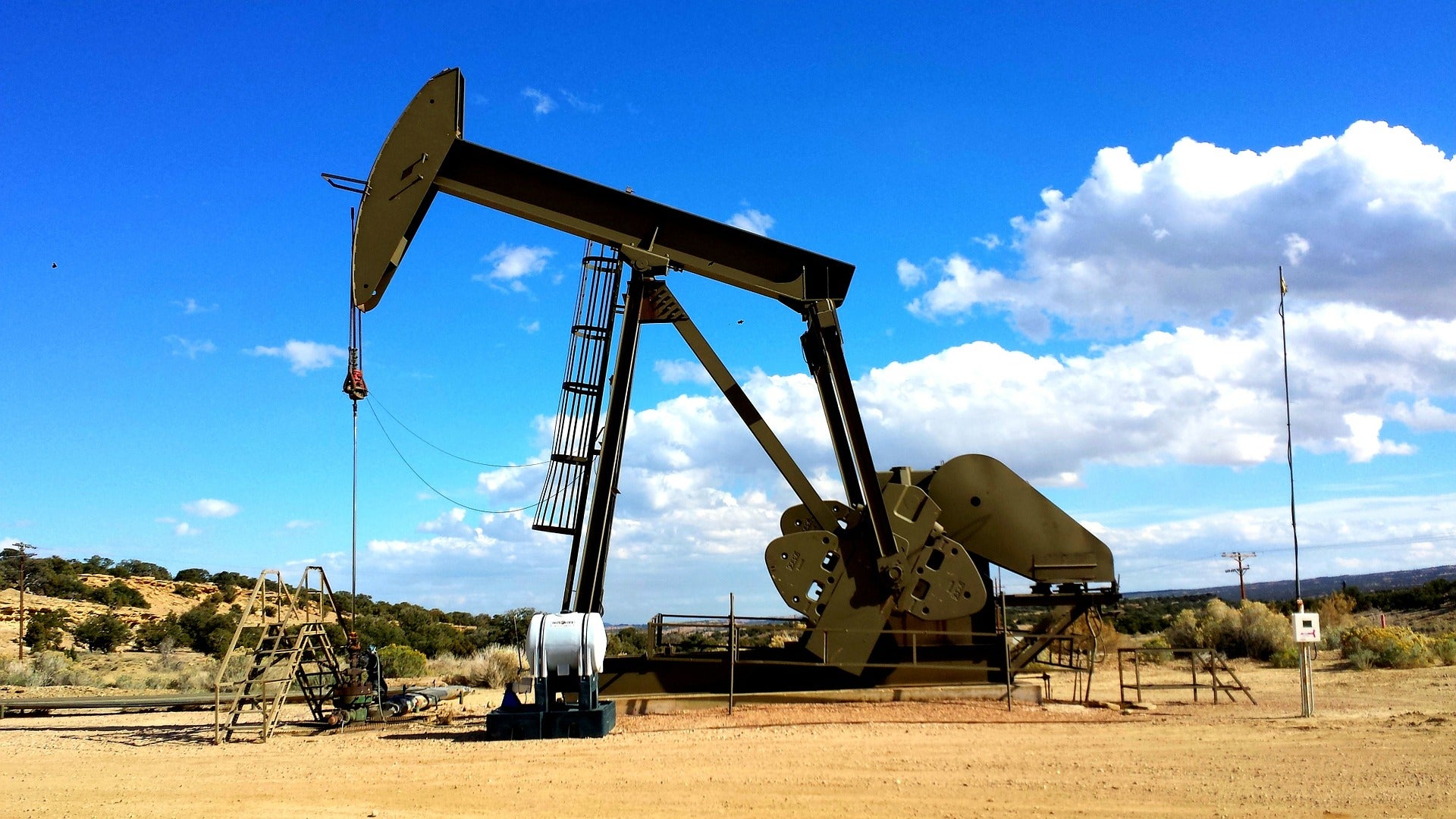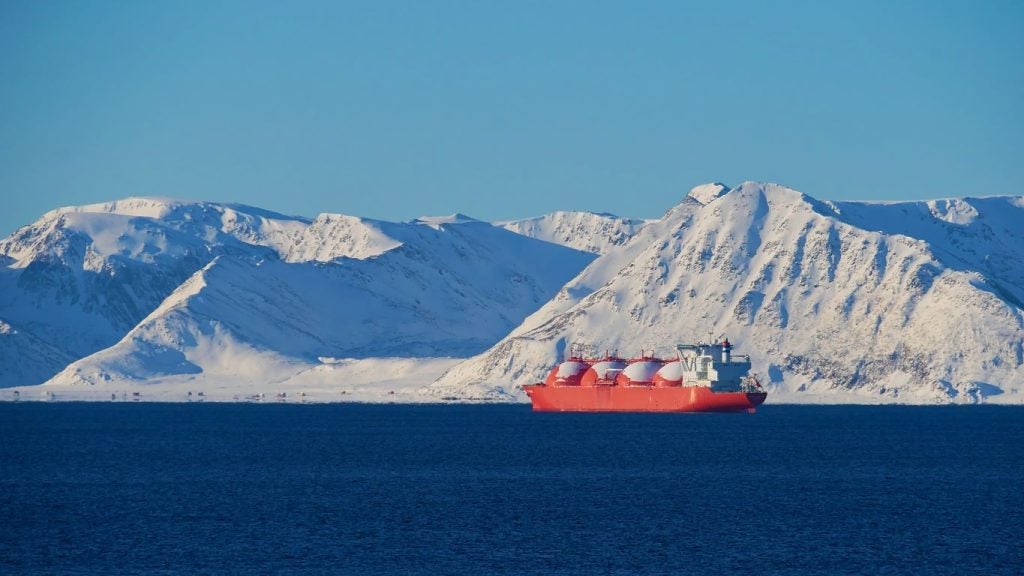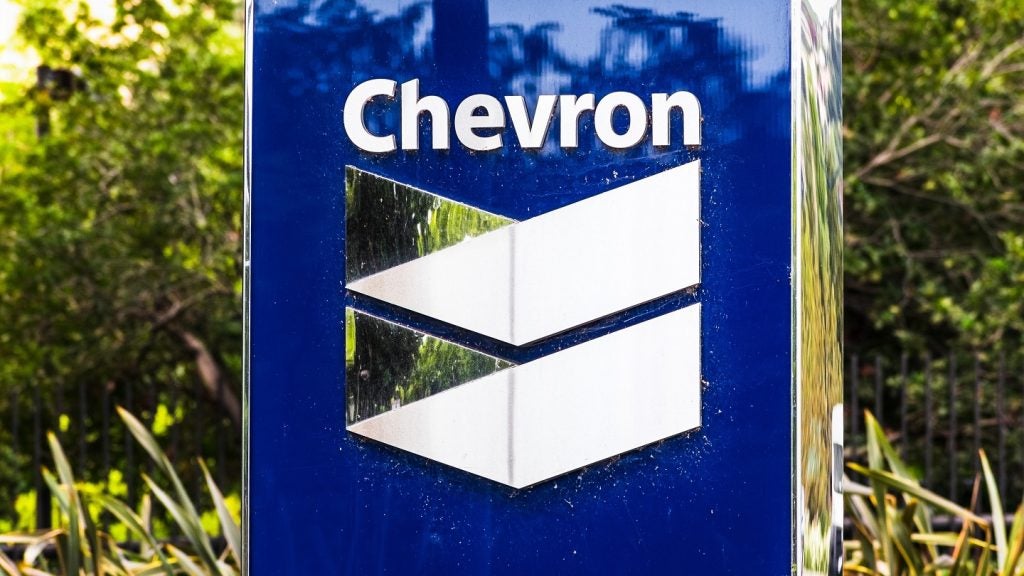
Oil benchmarks have hit their highest price levels in seven years after tensions in the Middle-East renewed supply concerns.
Brent crude futures went up by $1.02, or 1.2%, to reach $87.50 a barrel, while the price of US West Texas Intermediate (WTI) crude futures increased by $1.36, or 1.6%, to trade at $85.18 a barrel, according to Reuters.
The two benchmarks have hit their highest price levels since October 2014.
An ANZ Research analyst was cited by the news agency as saying in a note: “The new geopolitical tension added to ongoing signs of tightness across the market.”
Yemen’s Houthi group recently launched a fresh assault on the UAE, escalating hostilities in the region. The attack set off explosions in fuel trucks in Mussafah, killing three people.
Despite the disruptions, UAE oil firm ADNOC said it would still provide an uninterrupted product supply to its customers, including international buyers.
How well do you really know your competitors?
Access the most comprehensive Company Profiles on the market, powered by GlobalData. Save hours of research. Gain competitive edge.

Thank you!
Your download email will arrive shortly
Not ready to buy yet? Download a free sample
We are confident about the unique quality of our Company Profiles. However, we want you to make the most beneficial decision for your business, so we offer a free sample that you can download by submitting the below form
By GlobalDataReuters added that some Organisation of the Petroleum Exporting Countries (OPEC) member countries are facing difficulties in meeting the allowed capacities due to underinvestment and outages.
The producers, as per the agreement with OPEC and other allied nations, are entailed to increase production by 400,000 barrels per day per month.
PVM analyst Tamas Varga was cited by the news agency as saying: “The consensus is that the situation will not improve in the foreseeable future and oil demand growth, together with supply constraints, is inevitably leading to a tighter oil balance.”
According to Goldman Sachs analysts, oil inventories in the Organisation for Economic Co-operation and Development (OECD) countries would drop to their lowest since 2000 by the summer of 2022.
Brent oil prices are also anticipated to reach $100 later this year.
Earlier this month, it was revealed that the US has the largest share in the global oil and gas transmission pipeline network.






